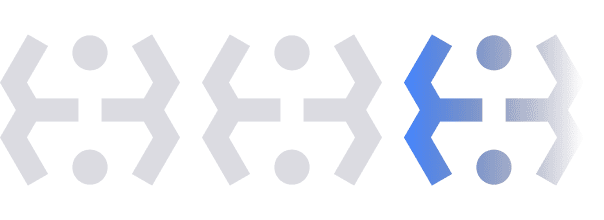Identity and access management policies are documents that explain how users should connect to network resources.
IAM policies cover critical security areas. This includes authenticating user accounts, assigning access privileges, and password usage. Guiding users and system administrators, they act as a basis for disciplinary action when policy breaches occur.
The article will introduce IAM policies and discuss their value for organizations. We will discuss their general contents and run through an example document. Readers will be well-placed to create a functional identity and access management policy.
Why do you need to create an IAM policy?
Identity and access management policies assist both users and network administrators. For users, a well-written policy explains how to safely access networks. Meanwhile, administrators receive a clear set of rules for access management.

IAM policies lay the foundations to solve many fundamental access management challenges. Security concerns addressed by policies include:
- Credential thefts due to weak authentication practices
- The use of weak passwords and the exposure of user credentials.
- Internal attacks via administrator account privileges.
- Security risks posed by shared accounts.
- Outsider attacks via third-party users and vendors.
- Orphaned accounts can become vectors for cyber-attacks.
- Insecure remote access via home devices or public wi-fi.
- Compliance issues due to poor auditing of access requests.
- Poor perimeter protection due to chaotic access controls. Lack of a unified enterprise-wide access management policy.
The policy aims to create certainty and reduce confusion. It provides easy-to-follow rules that apply across the whole organization. A good policy means security teams do not need to improvise.
Access policies make cybersecurity more robust by hardening the network perimeter. Robust MFA and privileges management systems deliver enhanced protection for confidential information. This lowers the risk of data loss and helps companies meet their compliance goals.
IAM policy guidelines
IAM policies vary between organization types. For instance, universities and banks operate different authentication and account management systems. But the basic principles and policy structure are consistent.
A typical policy structure should look something like this:
- Version history. Includes details of previous versions of the policy. Also features information about the current iteration.
- Purpose/Scope. What the policy document aims to achieve, and why it is important.
- Audience. Who the policy applies to, and who is liable for penalties if policies are not followed.
- Definitions. A short glossary of terms used in the document. This will assist readers in understanding authentication requirements.
- Identity and access management policies. Specific sections on critical areas of access management. Topics covered may include:
- Access control. Rules relating to log-in procedures and account creation.
- Account management. Rules for system administrators. Includes account data, shared accounts and logging user activity. Also features recommendations on de-provisioning redundant accounts.
- Administrator/special access. Guidance to reduce the risk posed by administrator account holders.
- Policies about access rights and verification methods. Includes password management, MFA, and logging policies at the user verification stage.
- Rules for administrators about managing access privileges. Focuses on providing access while applying the principle of least privilege.
- Remote access. Policies relating to remote connections and securing remote work. Focuses on device security and authentication practices.
- Vendor access. Policies about third-party vendor access. May include reference to third-party maintenance and support partners.
- Rules governing data collection. Seeks to meet regulatory goals and improve general security procedures.
- Exceptions. Users may need access in situations that breach specific access rules. Explain how to manage such exceptions. This should be short because the policy itself should cover most practical situations. Exceptions should be rare, so a short referral is all that's needed.
- References. Details of any regulatory frameworks or internal documents referenced by the policy. This enables readers to access further sources of information. Network users can seek further guidance if needed.
- Enforcement. A short warning section. This details penalties for breaching the Identity and Access Management policy. This includes both internal sanctions and the possibility of civil or criminal penalties.
This is an example, and information security requirements vary. Some organizations may combine account management and authorization. Other companies may not require a section on vendor identity management.
The final document should reflect the needs of each organization. It should deliver clarity while covering every relevant identity and access management need.
The question is, how should you approach the task of creating an access management policy? There is no single template. But the following policy will help create rules for your information security setting.
Example identity and access management policy
Identity and access management policy purpose
The (Organization/Company) Identity and Access Management policy sets out requirements to ensure safe access and use of company information resources. The policy seeks to ensure (Organization/Company) IT resources are used in compliance with security and business requirements, and according to any relevant (Organization/Company) policies.
